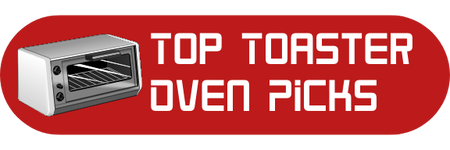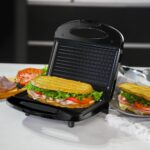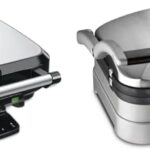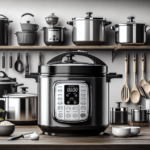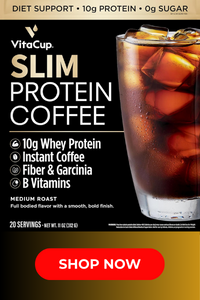So, you’re looking for a quick jolt of energy to kickstart your day and you’re wondering whether a shot of espresso or a cup of coffee would do the trick. Well, let’s get straight to the point. You might be surprised to find out that the answer isn’t as simple as you think. In this article, we’ll uncover the truth behind the caffeine content in our beloved beverages and determine once and for all – does one shot of espresso really have more caffeine than a cup of coffee? Hold onto your mug, because things are about to get interesting.
Comparing Caffeine Content
When it comes to caffeine content, many factors come into play. This article aims to compare the caffeine content in espresso and coffee, as well as explore the various factors that affect caffeine levels. With this information, you can make an informed decision about which beverage suits your caffeine needs.
Caffeine in Espresso
Espresso, a concentrated coffee beverage, often leads people to believe that it has a higher caffeine content than regular coffee. However, this is not necessarily the case. A single shot of espresso typically contains around 63 milligrams of caffeine. While the serving size may be smaller, the concentration of caffeine is higher due to the extraction process.
Caffeine in Coffee
On the other hand, regular brewed coffee generally contains a higher caffeine content. An 8-ounce cup of coffee can contain anywhere between 95 to 165 milligrams of caffeine. The caffeine levels in coffee can vary depending on factors such as the type of coffee bean used, the roast level, and the brewing method.
Factors Affecting Caffeine Content
Now let’s explore the factors that affect caffeine content in both espresso and coffee. Understanding these factors will give you a better understanding of why the caffeine levels can differ.
Bean Type
The type of coffee bean used can have a significant impact on the caffeine content. Arabica beans, which are known for their mild flavor and smoothness, generally contain lower levels of caffeine compared to Robusta beans. Robusta beans, on the other hand, typically contain almost twice as much caffeine as Arabica beans. So, if you’re looking for a caffeine boost, coffee made from Robusta beans might be a better choice.
Roasting Process
The roasting process can also influence caffeine content. Contrary to popular belief, a dark roast does not necessarily mean higher caffeine levels. Although the roasting process can slightly decrease caffeine levels, the difference between light and dark roast is minimal. The main difference lies in the flavor profile, with dark roasts having a bolder and more intense flavor compared to lighter roasts.
Grind Size
The grind size of the coffee beans can affect the extraction process and consequently, the caffeine content. Generally, a finer grind size results in a faster extraction, which can lead to a higher caffeine content. On the other hand, a coarser grind size may result in a slower extraction and lower caffeine levels. It’s important to note that the grind size should be adjusted according to the brewing method used to achieve the desired flavor profile and caffeine content.
Brewing Method
Different brewing methods can yield different caffeine levels. Drip brewing, one of the most common methods, typically results in a higher caffeine content compared to other brewing methods. This is due to the longer steeping process that allows for more caffeine extraction. French press brewing, while also popular, may result in a slightly lower caffeine content. Lastly, espresso, known for its concentrated nature, has a higher caffeine content per serving due to the pressure-driven extraction process.
Serving Size
Lastly, the serving size plays a significant role in determining caffeine content. An espresso shot is typically served in a small cup, ranging from 1 to 1.5 ounces, which contains around 63 milligrams of caffeine. In contrast, a standard cup of coffee is often 8 ounces and can contain anywhere between 95 to 165 milligrams of caffeine. It’s important to consider both the concentration and the overall amount of caffeine consumed when comparing the two.
Comparison of Caffeine Content
Now that we’ve discussed the factors influencing caffeine content, let’s compare the caffeine content in espresso and coffee.
Caffeine Content in Espresso vs. Coffee
While a single shot of espresso may have less caffeine than a standard cup of coffee, the concentration of caffeine in espresso is significantly higher due to the smaller serving size. For example, a 1.5-ounce shot of espresso contains around 63 milligrams of caffeine, while an 8-ounce cup of coffee can contain anywhere between 95 to 165 milligrams of caffeine. So, in terms of caffeine per ounce, espresso has a higher concentration.
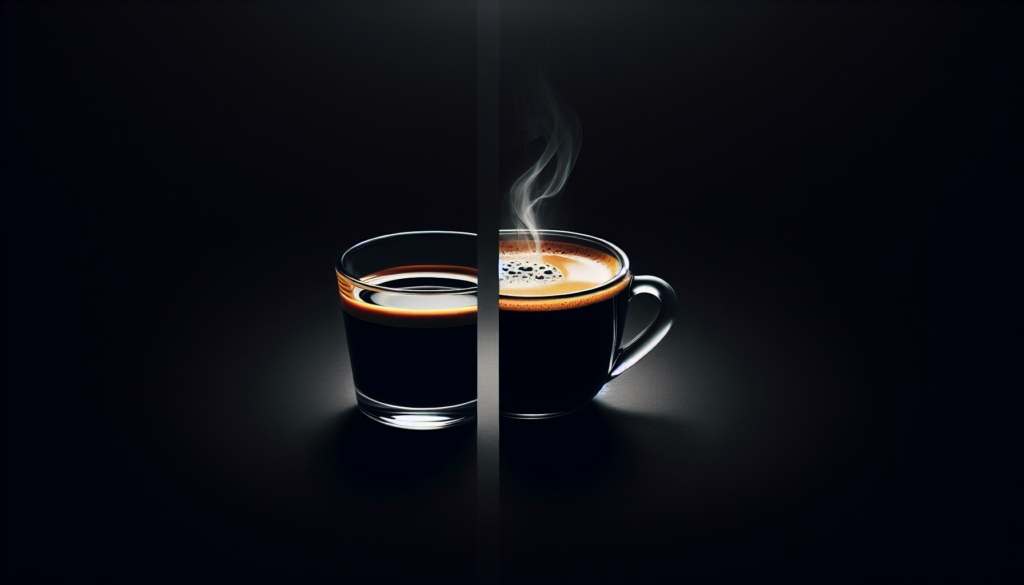
Effect of Roasting on Caffeine Content
Light Roast vs. Dark Roast
Contrary to popular belief, the roasting process itself does not significantly impact the caffeine content of coffee. Both light and dark roasts have similar levels of caffeine. The main difference lies in the taste and flavor profile, with light roasts generally being brighter and fruitier, while dark roasts offer a bolder and more robust flavor. So, when it comes to caffeine content, the roast level is not a deciding factor.
Effect of Bean Type on Caffeine Content
Arabica vs. Robusta
The type of coffee bean used can have a significant impact on the caffeine content. Arabica beans, which are known for their mild flavor and complex aroma, generally contain lower levels of caffeine compared to Robusta beans. Robusta beans, on the other hand, are often used in espresso blends due to their higher caffeine content. So, if you’re seeking a stronger caffeine kick, opting for a coffee made from Robusta beans may be a good choice.
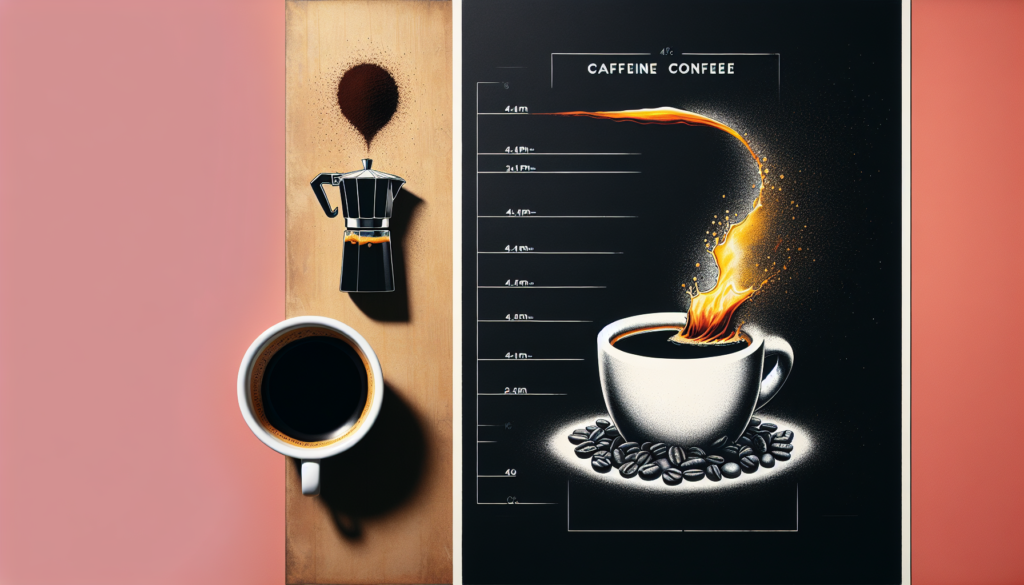
Effect of Grind Size on Caffeine Content
Coarser Grind vs. Finer Grind
The grind size of coffee beans affects the extraction process, which in turn affects the caffeine content. A finer grind size leads to faster extraction, resulting in higher caffeine levels. Conversely, a coarser grind size leads to slower extraction and lower caffeine levels. However, it’s essential to note that grind size should be adjusted according to the brewing method used to achieve the desired taste and caffeine content.
Effect of Brewing Method on Caffeine Content
Drip Brewing vs. French Press vs. Espresso
Different brewing methods can result in different caffeine levels. Drip brewing, the most common method, generally yields a higher caffeine content due to the longer steeping process. French press brewing, while also popular, may result in slightly lower caffeine levels. Espresso, known for its concentrated nature, has a higher caffeine content per serving due to the pressure-driven extraction process. Factors such as water temperature, brew time, and extraction duration also influence the overall caffeine content in each brewing method.
Conclusion
Understanding the caffeine content in espresso and coffee involves considering various factors such as bean type, roast level, grind size, brewing method, and serving size. While a single shot of espresso may contain less caffeine than a cup of coffee, the concentration in the smaller serving size is much higher. Additionally, factors such as the type of bean used, the roast level, and the grind size can also impact the caffeine content. Ultimately, your caffeine preference and desired flavor profile will guide you in choosing between espresso and coffee.
